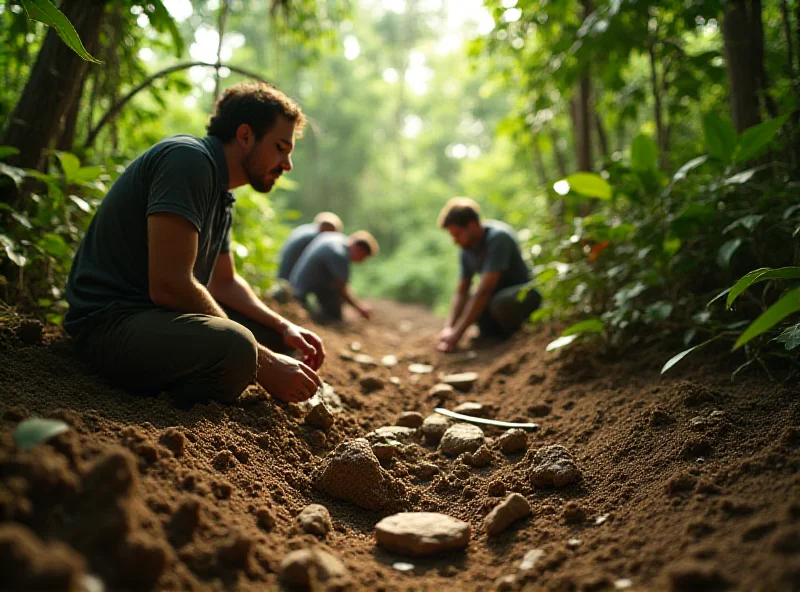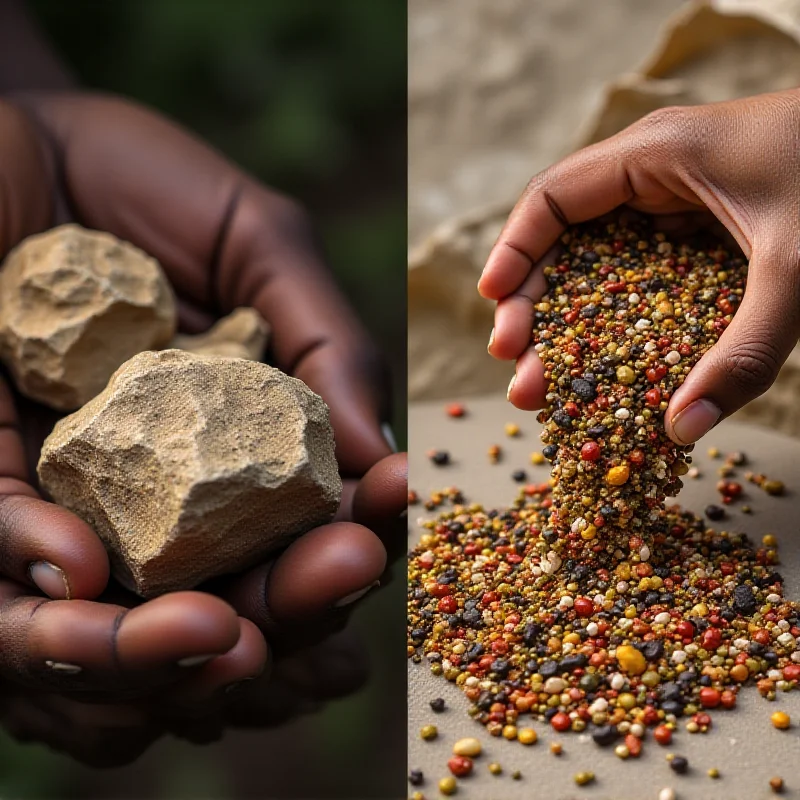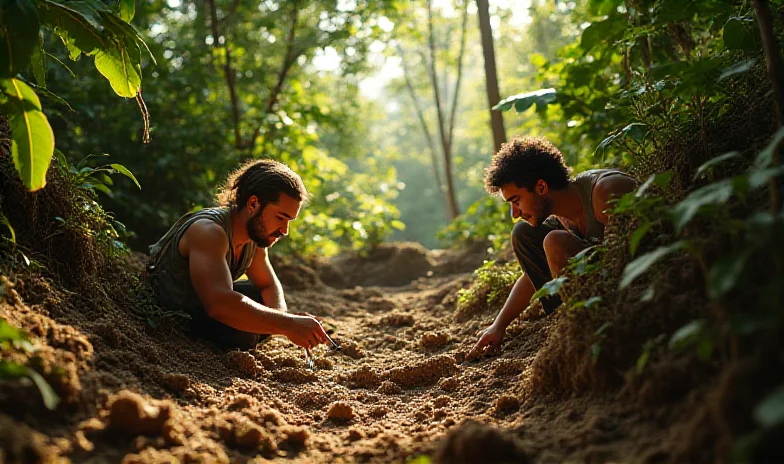Recent scientific breakthroughs are rewriting our understanding of human history and future-proofing vital resources. From the jungles of Ivory Coast to the icy vaults of Svalbard, significant discoveries are offering new insights into the past and securing our future.
Ancient Humans Thrived in the Jungle
A groundbreaking discovery in Ivory Coast has unearthed evidence of human presence in a jungle environment dating back an astonishing 150,000 years. This discovery challenges the long-held belief that Homo sapiens originated solely in the African plains. The previous record for human presence on the continent was a mere 18,000 years. The finding of tools suggests that our ancestors were adapting to diverse environments much earlier than previously thought.

This discovery significantly alters our understanding of human evolution and adaptation. It suggests that early humans were more adaptable and resourceful than previously imagined, capable of thriving in diverse ecosystems beyond the open savannas. "This changes everything," says Dr. Alistair Grimshaw, an anthropologist not involved in the study. "We need to rethink the narrative of human origins. It's not a single story, but a complex tapestry of adaptation and resilience."
Safeguarding Africa's Crop Diversity
In a separate, but equally important, effort, over 100,000 seeds representing 177 African species have been deposited in the Svalbard Global Seed Vault in Norway. This "doomsday vault" serves as a crucial repository for preserving crop diversity in the face of potential disasters, from climate change to global pandemics.
Among the seeds stored are those of species critical for climate resilience. These include the tree Faidherbia albida, known for its ability to convert nitrogen into essential nutrients for the soil, and Cordia africana, or Sudan teak, a tree prized for its strength and durability. These seeds represent a vital investment in the future of agriculture and food security in Africa and beyond.

A Glimpse into the Past, Hope for the Future
These two seemingly disparate events – the discovery of ancient human tools in the Ivory Coast and the safeguarding of African seeds in Svalbard – highlight the importance of understanding our past and preparing for the future. By learning about the adaptability of our ancestors and preserving the diversity of our crops, we can better navigate the challenges that lie ahead.

The Svalbard Global Seed Vault is a testament to international cooperation in preserving global biodiversity. "It's a shared responsibility," says Cary Fowler, who was instrumental in establishing the vault. "We all benefit from safeguarding these resources for future generations." The combination of archaeological discoveries and proactive conservation efforts offer a powerful message of resilience and hope for the future.
